Media | Articles
Amphicar 770: When double-duty did not Trippel the fun
Carmakers are forever merging vehicle types. Whether it’s a convertible-4×4, a a coupe-SUV, or who knows what else, there are niches within niches. But for some unfathomable reason, no major carmaker offers anything that drives on land and water, despite the fact that off-roaders are big business. And when it comes to off-roading, an amphibious car must surely be the ultimate. Talk about a missed opportunity.
Or perhaps not, because in the 1960s Hans Trippel, a German engineer, reckoned there was an untapped market for amphibious cars.
Trippel had been a great exponent of amphibious cars for most of his career in car design and engineering. As early as 1934 he had come up with the four-wheel-drive SG6, which was also amphibious. Hitler found out about the SG6 and he quickly realized just what a useful vehicle it might be, so he recruited Trippel to build it as the Schwimmwagen in Bugatti’s Molsheim factory, as part of the war effort once hostilities broke out in 1939.
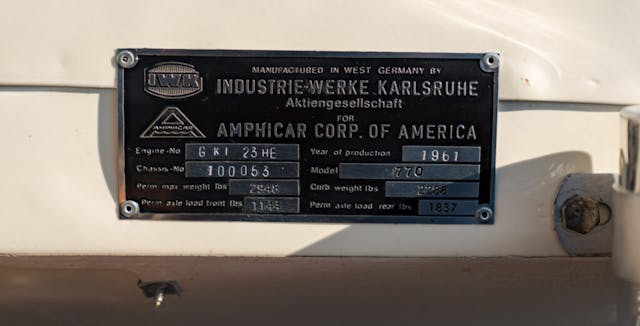
With the war over, Trippel continued with his quest to perfect a car that could be sold in the mainstream market, and which was as capable on water as on land. By 1959 he was ready to unveil it in prototype form. Called the Eurocar Alligator and first shown at that year’s Geneva Salon, this floating car was powered by a 34-hp Austin A35 948cc A-series engine, but it wasn’t ready for production just yet.
Within a few months, Triumph unveiled the Herald with a more powerful (39-hp) 1147-cc engine. Trippel knew that this was just the motive power that he’d been looking for: compact, reasonably light, cheap to buy, and tough.
Marketplace
Buy and sell classics with confidence

Trippel persuaded the German government that the creation of a mainstream-market amphibious car was a tremendous export opportunity, so millions of deutschmarks of taxpayers’ cash were poured into the car’s development. After a couple of years of re-engineering the Eurocar with Triumph power, Trippel was finally ready to show his updated floating machine.
Unveiled in production-ready form in 1961 as the Amphicar 770 (7 knots in the water, 70 mph on land) and priced at around DM 10,000, or twice the cost of a Volkswagen Beetle, this wasn’t going to be the easiest sell, but Trippel wasn’t going to let that hold him back.
It wasn’t just the Amphicar’s price that put off potential buyers. (There was also, of course, the fact that not many people needed a car that could swim.) The vehicle’s ungainly looks left them feeling, ahem, seasick. The Amphicar’s ground clearance emphasized the upward-sloping underside at the front, and while the large rear fins were á la mode in 1959, by the time the Amphicar reached production, tailfins were decidedly passé. The tallest of any production car ever made, thanks to the generous ground clearance, the protrusions were essential to stop water pouring through the louvers in the engine bay cover and flooding the engine.

If the looks were awkward, the driving experience was even more so. Arguably better on water than on land, or at least less terrible, the Amphicar was slow (0 to 60 mph took a faintly ridiculous 43 seconds), with handling that was equally vague whether sailing or driving.
It didn’t help that the Amphicar was so heavy; despite fiberglass being all the rage for body construction, Trippel insisted on sticking with steel. Not just regular-thickness steel either, because this wouldn’t withstand the constant battering of big waves; extra-thick panels were used instead. The material worked wonders for the Amphicar’s rigidity but hardly for the driving experience.

Over the years the Amphicar made a few TV and film appearances, including The Sandwich Man, Rotten to the Core, and The Avengers TV show. Madonna even used an Amphicar in one of her early music videos, while celebrity owners include President Lyndon B. Johnson and his press secretary Pierre Salanger, while Dan Ackroyd owned several.
One Isle of Wight resident bought an Amphicar to cross over to the U.K. mainland when he fancied it, rather than pay constant ferry charges, and in 1965 two Amphicars crossed the English Channel. Having set out in force 3 winds, which escalated to force 6 mid-Channel, one Amphicar conked out. With the sea too choppy to attempt a rescue, the other car then had to tow the stranded vehicle all the way to France.
Though Trippel had hoped to build 20,000 Amphicars each year, sales never came close to such volumes. In hindsight, such a prospect was fanciful; the Amphicar was too compromised and expensive. Having started production at the end of 1960, the project listed and sank within three years, when production was stopped.
Yet because the company had scaled up to make and sell so many, it had amassed so much stock that it would be 1968 before the very last Amphicars were built and sold. It didn’t help that the U.S. authorities tightened up the rules for amphibious car construction and use in 1967, and the Amphicar fell afoul of the new legislation.
In the end just 3878 Amphicars were made, about 90 percent of which were sold in America. Just 97 right-hand drive examples were made, mainly for Britain. This was one crossover that failed to float drivers’ (sailors?) boats.
***
Check out the Hagerty Media homepage so you don’t miss a single story, or better yet, bookmark it. To get our best stories delivered right to your inbox, subscribe to our newsletters.
Via Hagerty UK
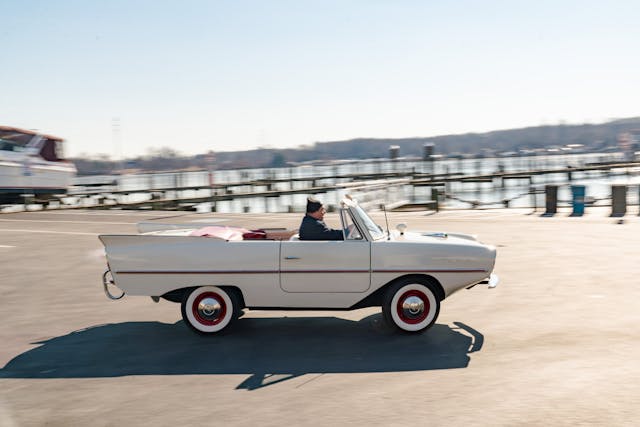


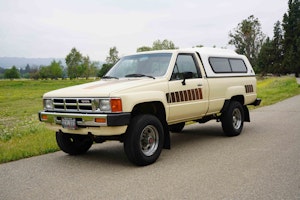

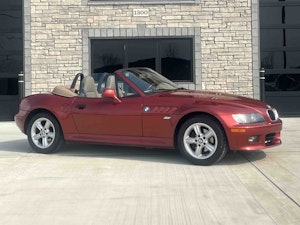
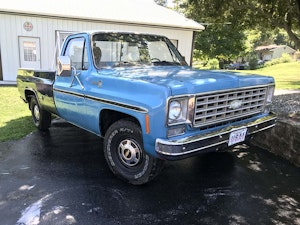



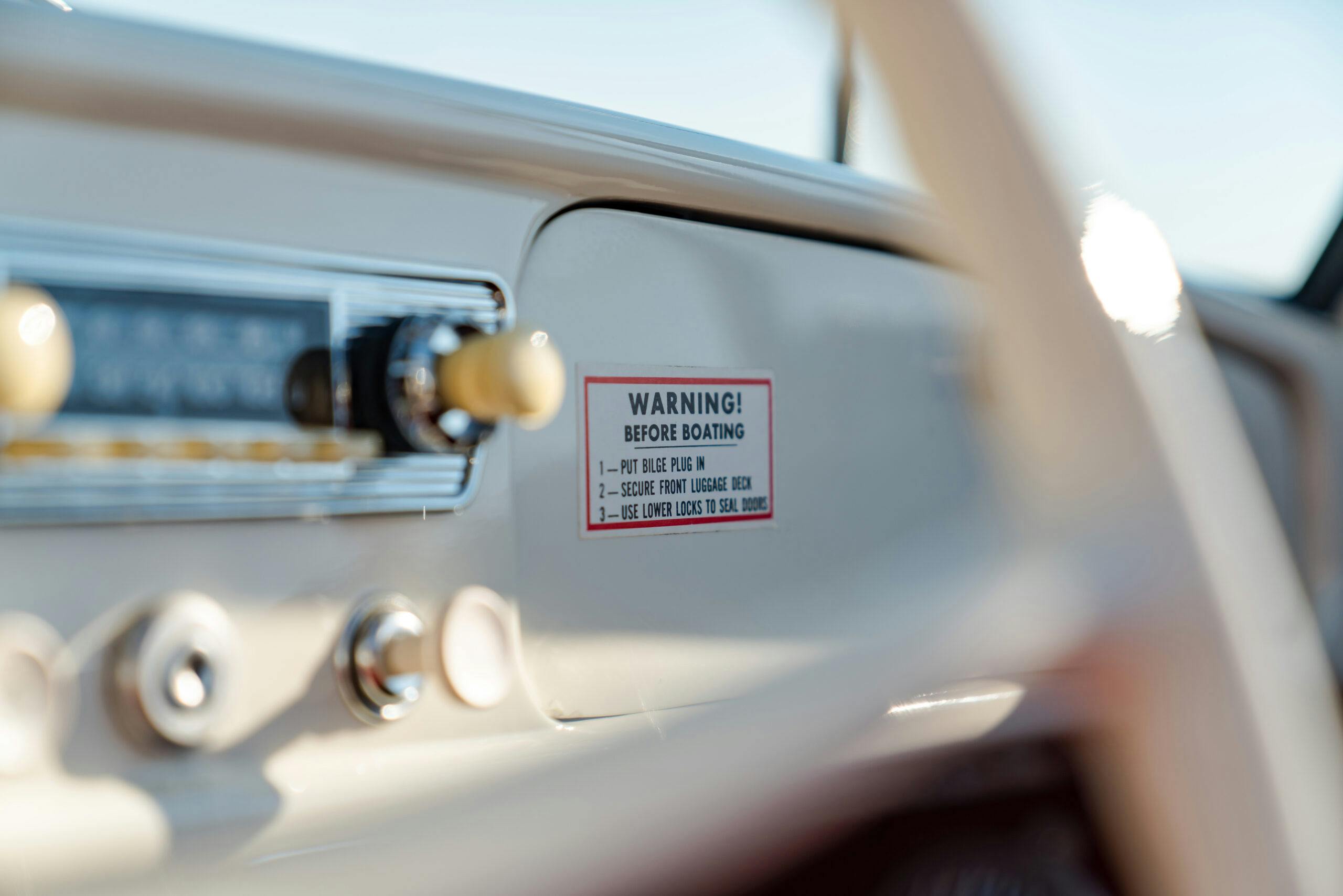
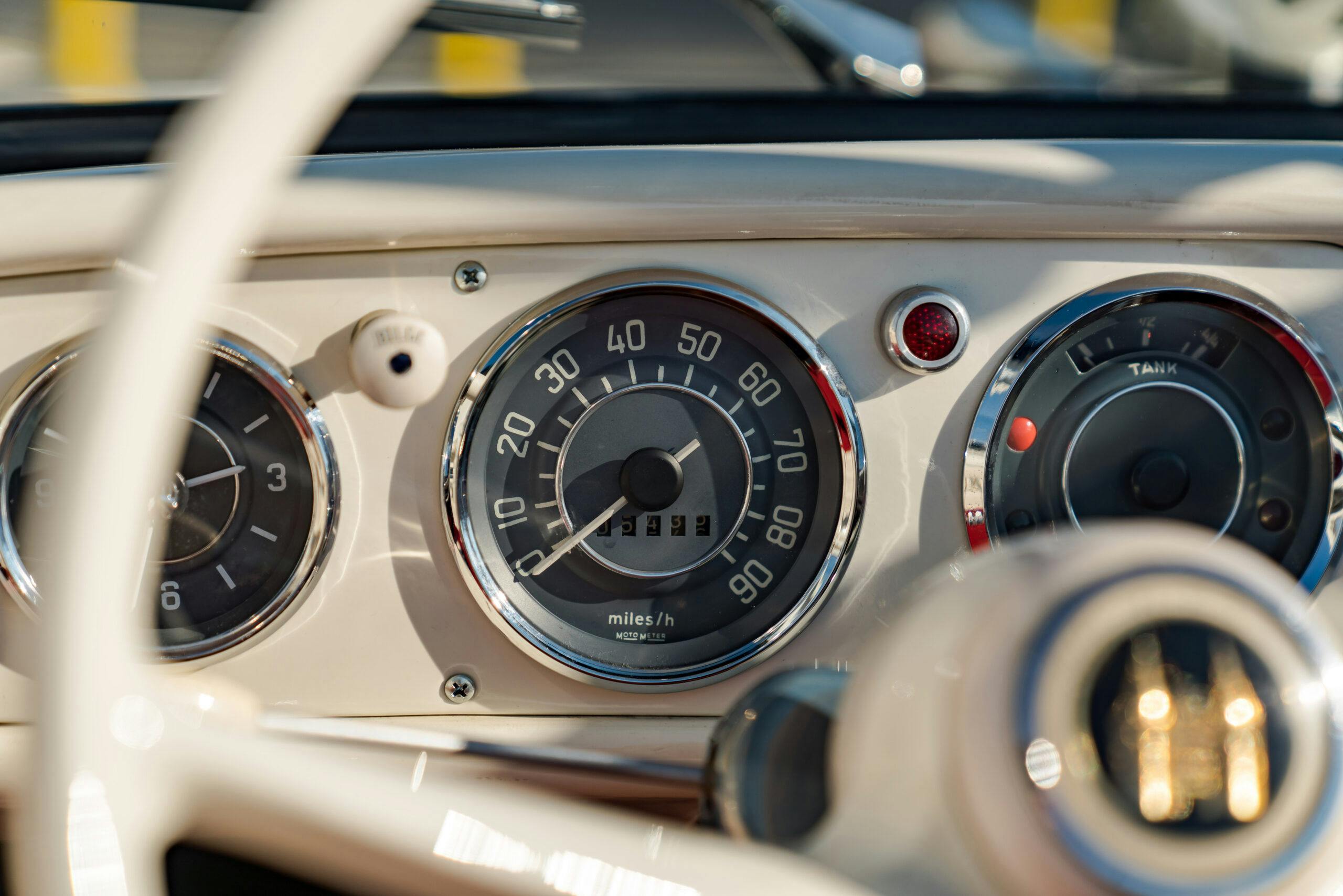
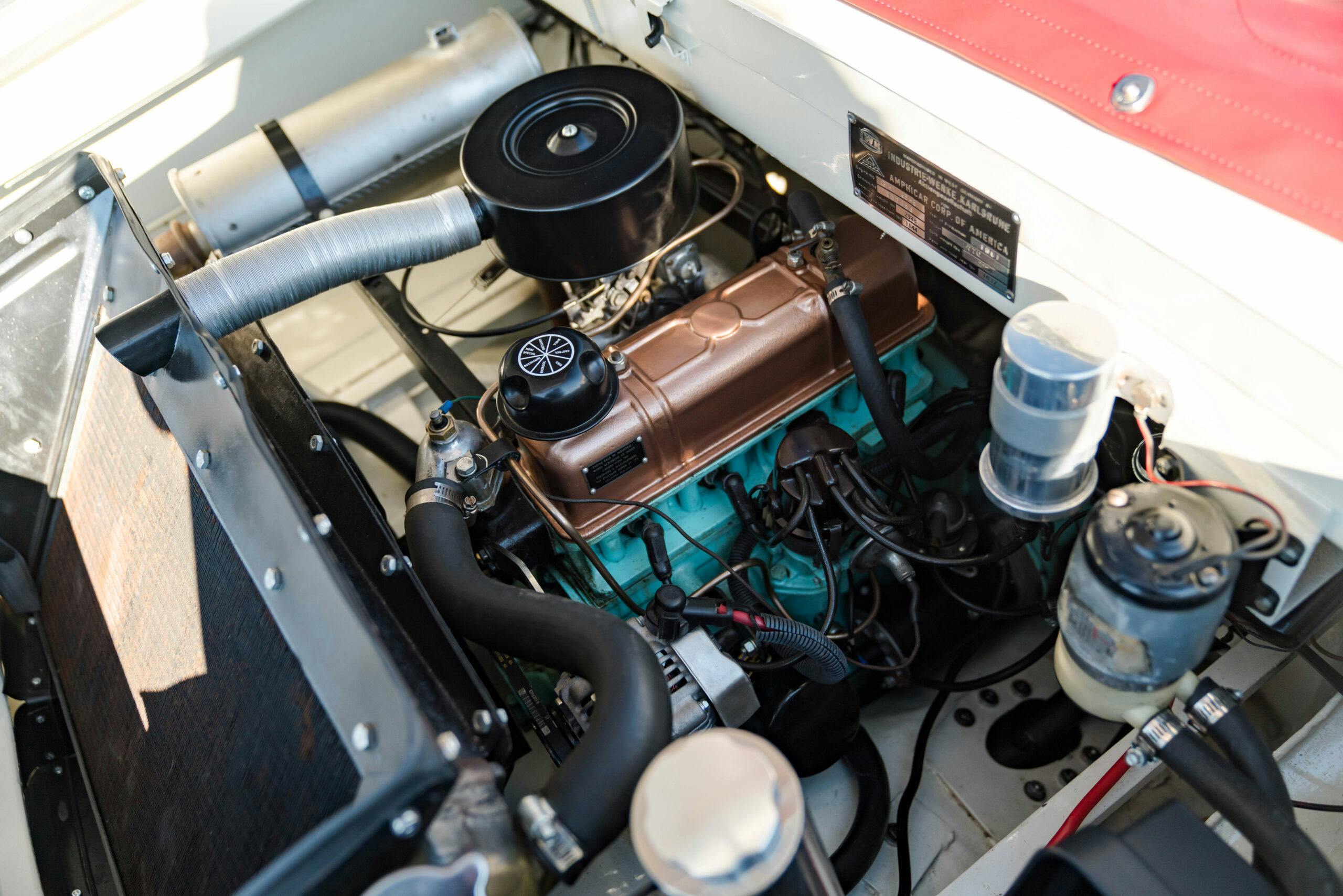
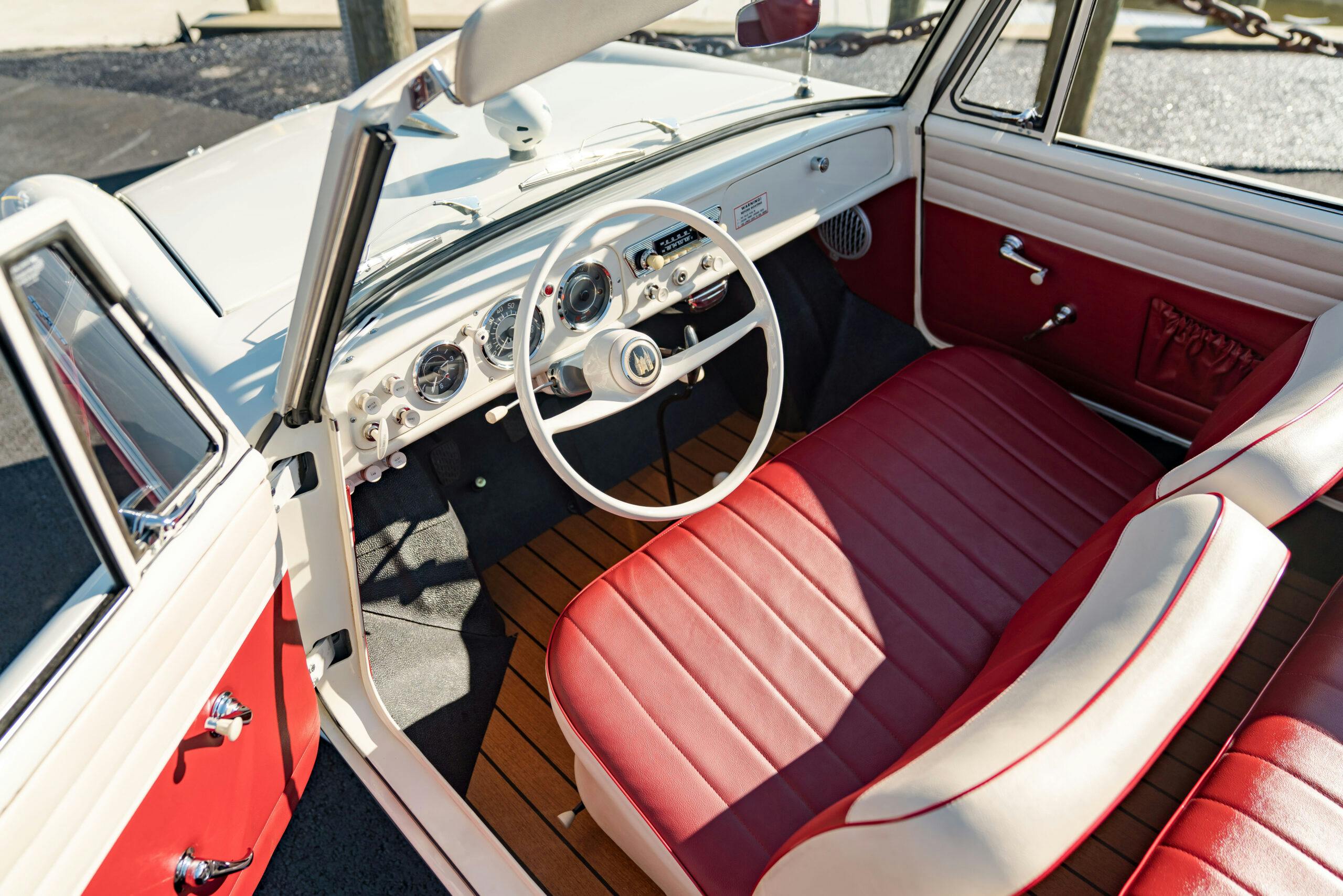
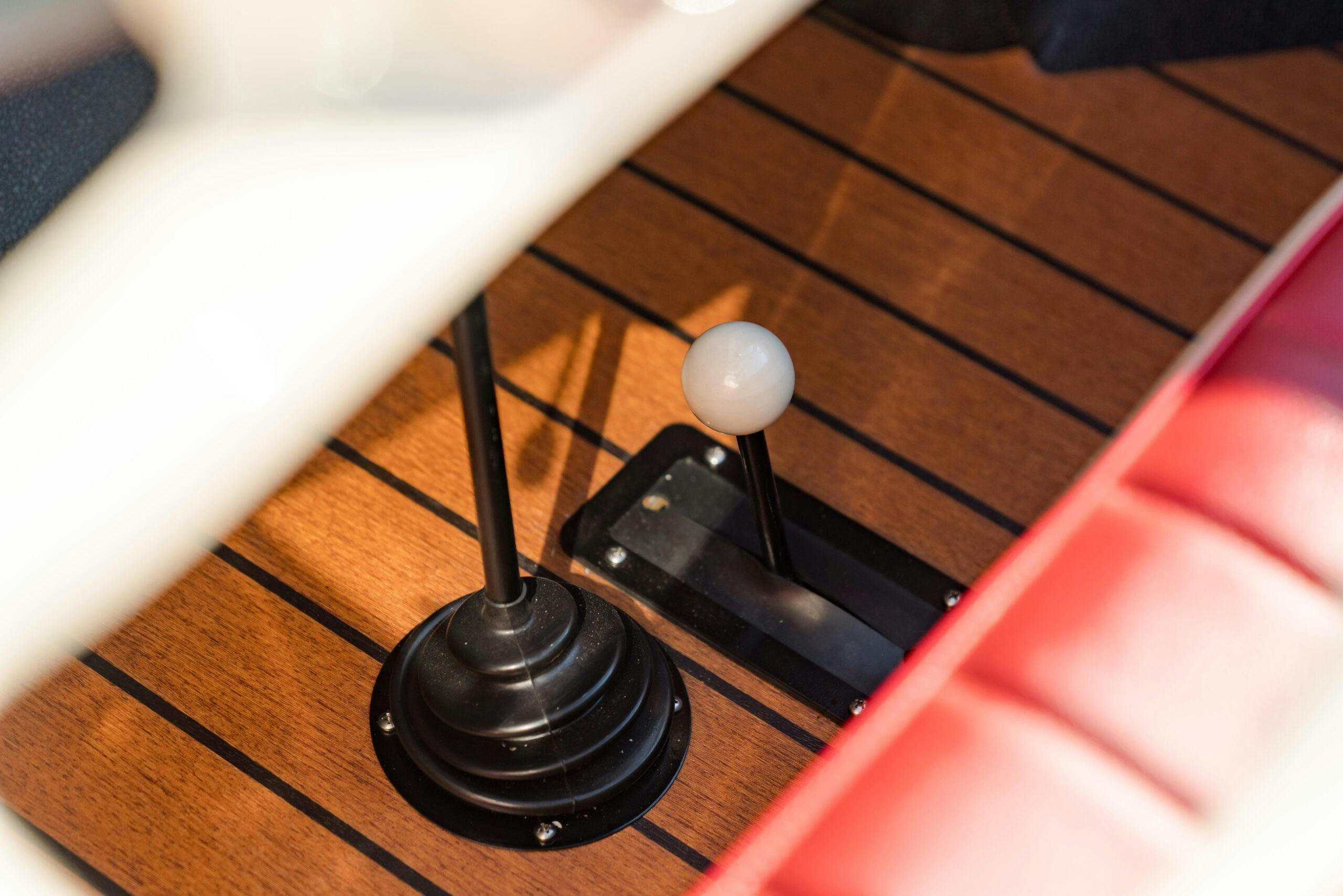
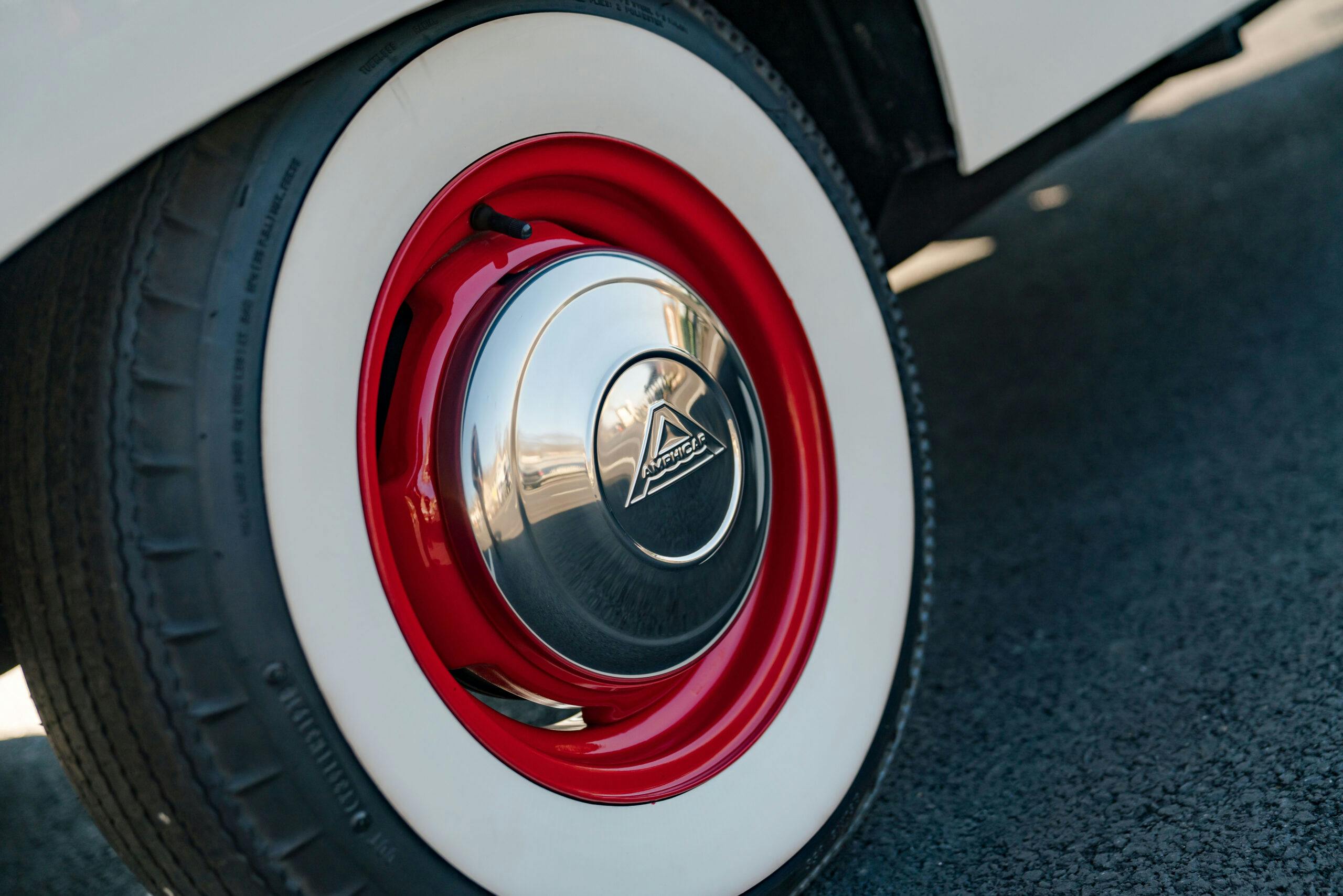
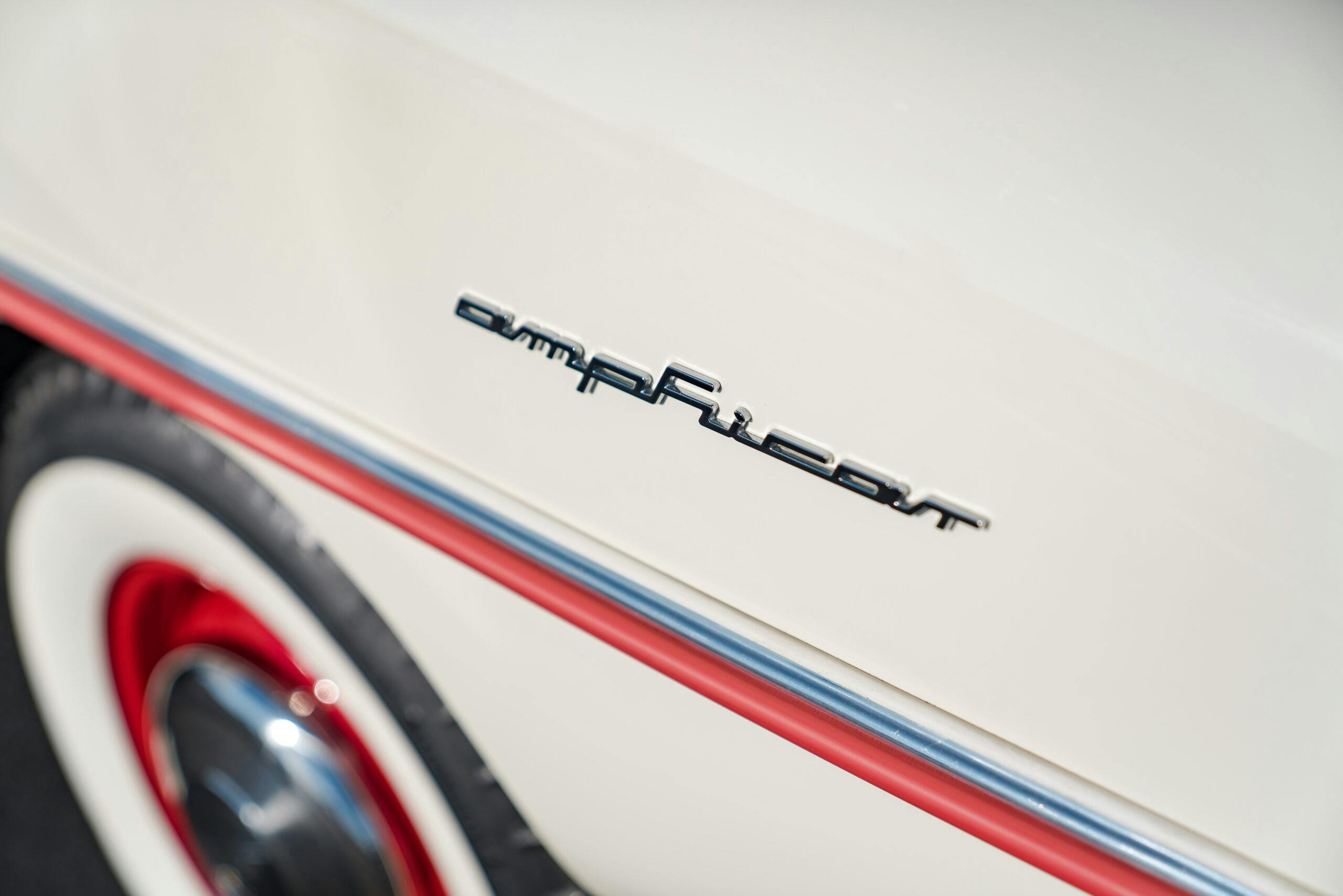
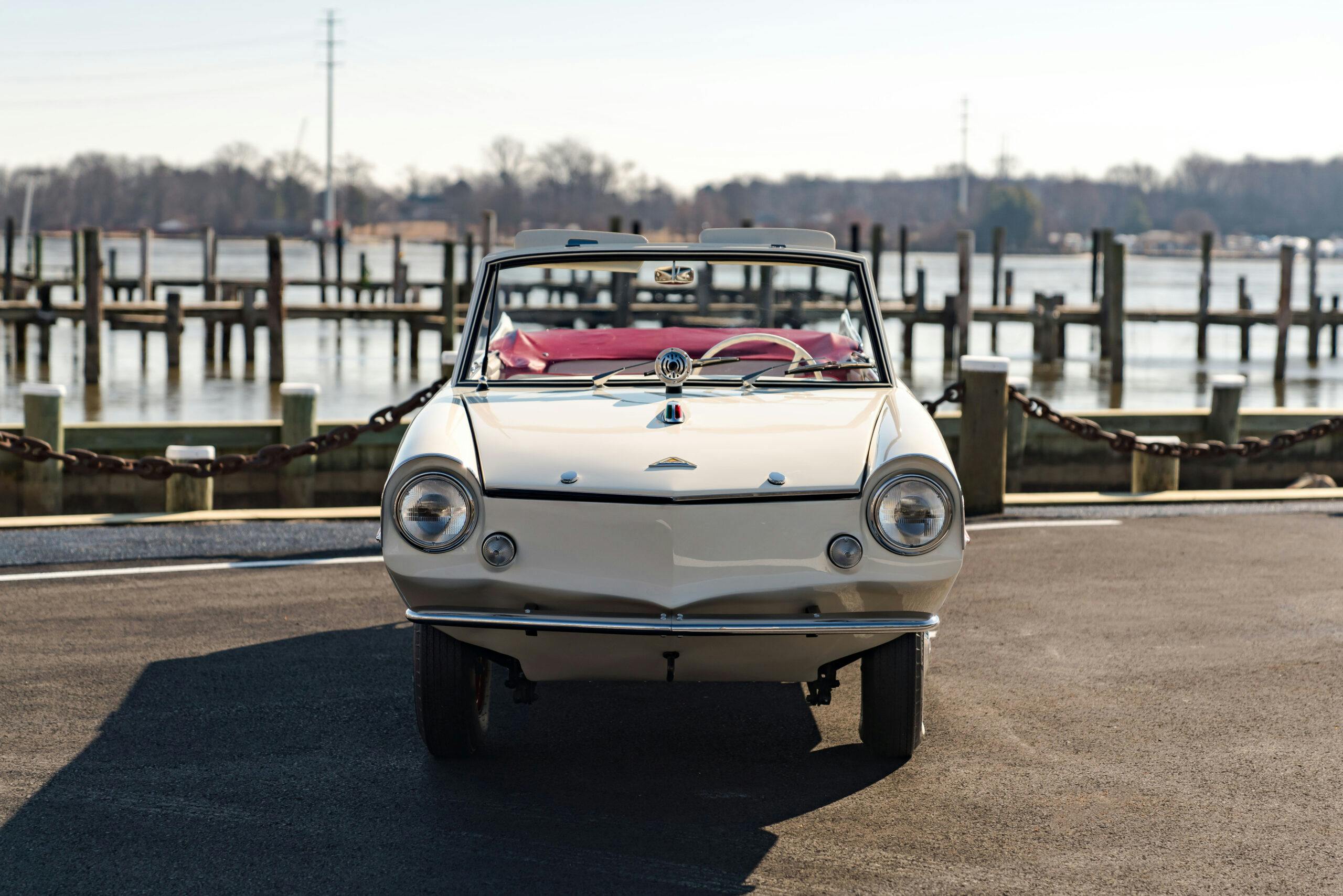
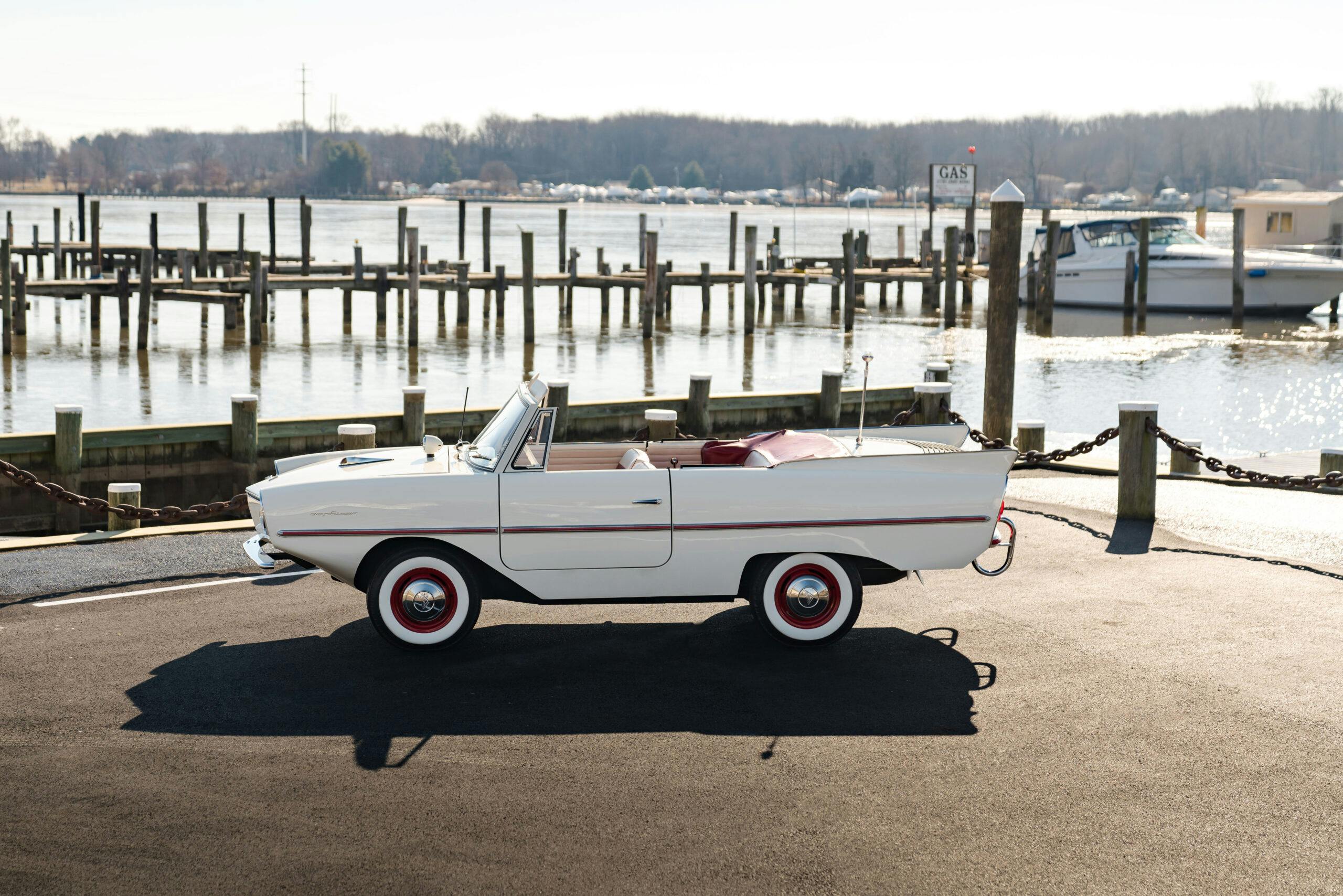
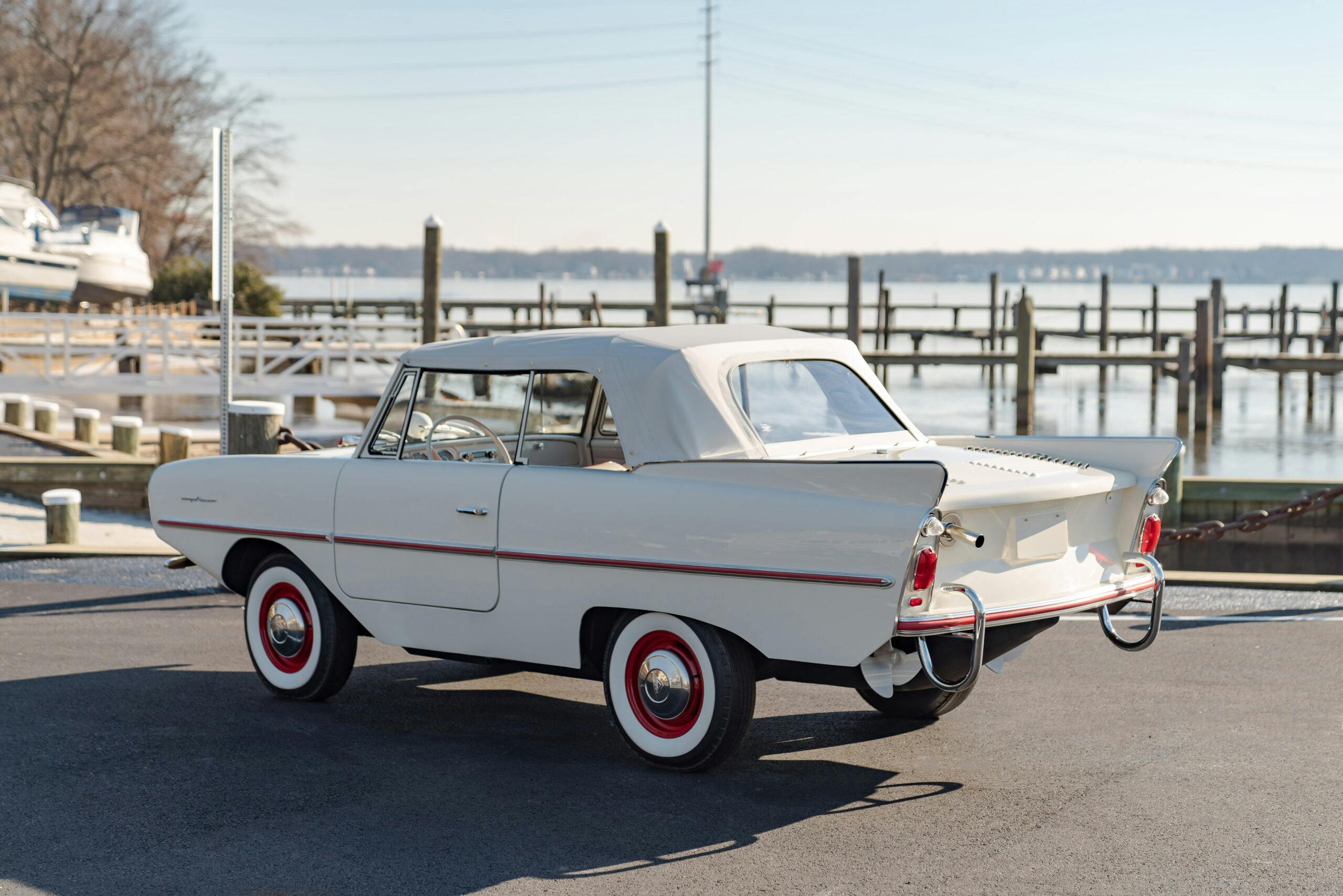

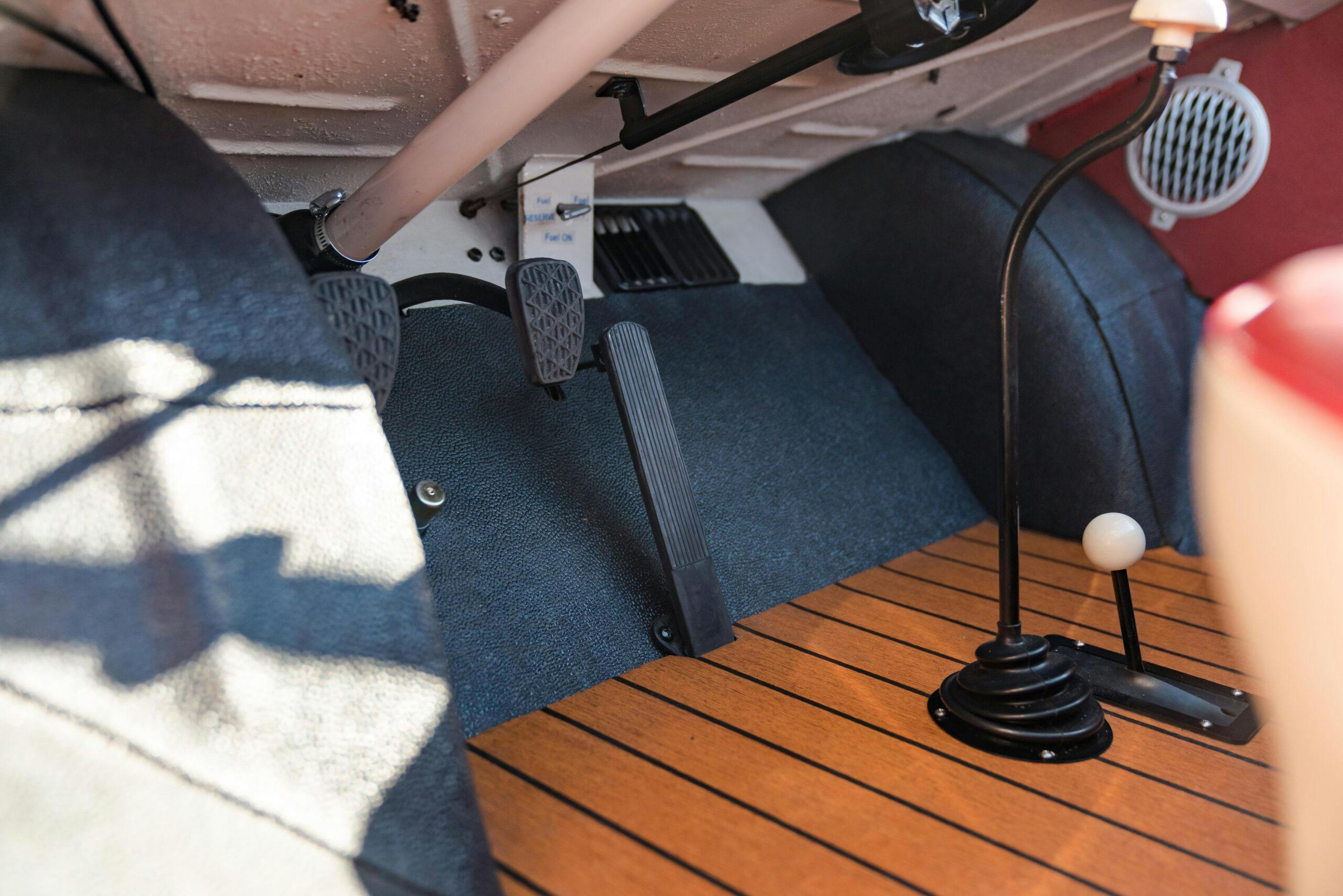




















Folks were smart enough in 1959 to figure out they did not need a car that could swim but people in 2023 haven’t figured out they don’t need a car with four wheel drive or 400 hp or too big to fit in the garage.
Nor have they figured out they don’t need a car that can drive itself with no hands while they’re not paying attention to what they should be be paying attention to, mainly what they’re going to run into because they think the car can do everything for them.
It was a fun idea but not a good car for most people. As a novelty act it’s great.
Like most things that want to be all things to all people, it was very little of anything (except novelty). A friend used to drive his to the Public Landing at Cincinnati and freak out people who saw him roll down into the river “out of control”. But unless the river was in pool stage (slack water) he had to go downstream. Other times the water current was about 6 mph and he estimated his nautical speed about 11 mph. So no water skiing! It was a lousy car and a lousy boat.
A few years ago I found out that the electrical system for the Amphicar was provided by Lucas electrical; a system that failed on a rainy day in Triumphs and MG]s
Those were new when I was a kid in Ft Lauderdale–never saw one down there; they would have lasted about six months before the salt water would have made them submarines–good for one dive.
I would like to have one!
They rebuilt one of these on “Wheeler Dealers”. It involved a lot of repair to the rusted steel. It was not a great idea to use steel for parts of the car that could never be effectively dried out. The idea of an amphibious car is not completely crazy if the car was built more like a boat with fiberglass and stainless steel. Perhaps an EV setup could work well to minimize drive train issues, and maybe have a water jet for propulsion. There are some other amphibious cars out there:
https://www.topgear.com/car-news/list/top-gears-top-9-amphibious-cars
Remember driving with my Dad through Moonachie, NJ on the way to the Lincoln Tunnel way back when. Amphicar had a facility on the side of the road there and the entire fenced-in lot was filled with the cars! I found them very curious looking and not at all attractive. Had my eyes on a ’56 T-bird at that time which I bought and thoroughly enjoyed!!!
In the early 60’S a couple of kids in high school had Amphicars. The state of Massachusetts made them register them as a boat and put those numbers on the side of them. That turned off the kids that had them and they sold them.
I loved these cars–Not practical but a whole lot of fun–
Not unattractive to me from any angle. And he was probably a proponent, not an exponent.